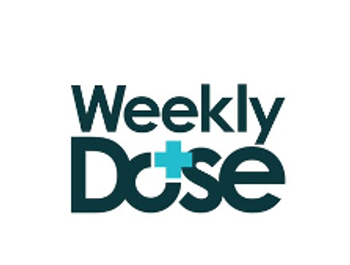
Urinary Protein May Offer Early Marker of Pediatric Acute Kidney Injury
HOUSTON -- The rise of a urinary protein may be a quicker way than the standard test to diagnose acute kidney injury in children after a critical illness, investigators here reported.
HOUSTON, Aug. 2 -- The rise of a urinary protein may be a quicker way than the standard test to diagnose acute kidney injury in children after a critical illness, investigators here reported.
The protein increases in response to epithelial injury and inflammation, reported Stuart Goldstein, M.D., of Texas Children's Hospital and Baylor College of Medicine in Houston, and colleagues, in the Aug. 1 issue of Critical Care.
In those with worsening kidney status, levels of urinary neutrophil gelatinase-associated lipocalin rose by six-fold or more compared with a control group, beginning 48 hours before the onset of acute kidney injury and persisting for 48 hours afterward.
Both mean and peak urinary neutrophil gelatinase-associated lipocalin levels increased significantly with worsening kidney status (P
Under normal circumstances, levels of the ubiquitious 25 kDa protein remain low but increase substantially in response to epithelial injury and inflammation. Clinical studies previously demonstrated a strong association between suggest urinary neutrophil gelatinase-associated lipocalin and acute kidney injury in rental transplantation, diarrhea-associated hemolytic uremic syndrome, and lupus nephritis.
Dr. Goldstein and colleagues prospectively evaluated suggest urinary neutrophil gelatinase-associated lipocalin (uNGAL) concentrations in critically ill children. Their objectives were to determine:
- Associations between uNGAL and acute kidney injury.
- The effect of sepsis and illness severity on uNGAL's ability to predict acute kidney injury.
- The extent to which uNGAL levels increase prior to serum creatinine.
- The sensitivity and specificity of uNGAL to predict the clinical course of acute kidney injury.
The investigators used a pediatric version of Risk, Injury, Failure, Loss, End Stage Kidney Disease (pRIFLE) criteria to grade acute kidney injury. Clinical data and serum creatinine were monitored for as long as 14 days from enrollment, and urine specimens were collected once daily for as long as four days to measure uNGAL concentrations.
The study involved 140 patients with a mean age of 6.3 years and who were mechanically ventilated and had bladder catheter insertion. Nine patients had a baseline estimated creatinine clearance (eCCl) < 90 ml/min/1.73 m2 and three had eCCl < 90 ml/min/1.73 m2. The patients had a median PRISM II illness severity score of 15, 23% were septic, and 53% required vasopressors.
By pRIFLE assessment, 34 of the patients did not develop acute kidney injury and served as a control group. Baseline eCCL was 119 ml/min/1.73 m2 in the control group and 129 ml/min/1.73 m2 in the 106 patients who met pRIFLE criteria for acute kidney injury.
Worsening pRIFLE status had significant association (P?0.0002) with increasing mean and peak uNGAL concentrations. On day -3 uNGAL concentrations did not differ between control and study patients. Subsequent measurements from day -2 to day +2 revealed significantly higher uNGAL concentrations in study patients compared with controls (P
Newsletter
Enhance your clinical practice with the Patient Care newsletter, offering the latest evidence-based guidelines, diagnostic insights, and treatment strategies for primary care physicians.




























































































































































































































































































